As ready-made products with diverse designs increasingly appear in the lives of the Khmu ethnic people in Pa Khoang commune, Dien Bien Phu city, Dien Bien province, artisan Quang Van Hac and a number of elderly people are still working hard with rattan and bamboo strips to weave household items with the hope that the traditional weaving profession of the ethnic group will not be lost.
Artisan Quang Van Hac (left) and elders in Keo village weaving mats together. |
Artisan Quàng Văn Hặc shared: “We Khmu people often weave products for daily life such as: trays, trays, baskets, racks, baskets... Even the walls of this house (traditional house of Khmu people in Keo village) are woven by us. Each product has a different weaving style to suit the purpose of use and create patterns. Doing this is just a spare time, because we also have to go to the fields and work on the farm. We weave products for our own use, then sell them to earn income to help our children study. So we try to keep this profession because not many children do it now.”
Dien Bien province is a long-standing home to the Khmu ethnic community. In Ban Keo (Pa Khoang commune, Dien Bien Phu city), the entire population is Khmu ethnic with about 90 households and over 500 people. In the past, every household knew how to weave, from generation to generation, father to son, but in today's integration period, the number of households that still keep the craft is not many, most of them only have the grandparents' generation still doing the craft. Mr. Hac said: "This weaving craft has existed since ancient times, left by our ancestors, it is a traditional craft of the nation. When our parents did it, we watched and learned to keep the craft so as not to lose our roots, and then in the future, we can teach our children and grandchildren to learn from us."
Artisan Quang Van Hac - Keo village, Pa Khoang commune, Dien Bien Phu city, Dien Bien province. |
Up to now, Mr. Hac has been in the profession for 60 years. According to him, the traditional weaving profession of the Khmu ethnic group requires the wicker to be skillful and meticulous. Not only that, experience is also an important factor, especially in the selection of materials.
Artisan Quàng Văn Hặc said: “If a person works professionally and at full capacity, he can make about 5 trays a day, including all the steps from collecting materials from the forest to finishing the product. We weave with rattan, bamboo, and giang... Giang trees must be collected from far away in the mountains, because they are not available in the plains. When they are collected, they must be split, whittled, and go through several steps before they can be made. Each type of material has its own way of collecting and using. You have to remember it to make a good product.”
Traditional houses of the Khmu people in Keo village have walls made from weaving techniques. |
The main materials are carefully selected from rattan, reed, bamboo, and reed, but you cannot just go to the forest to get them, you also have to rely on experience to choose the right tree at the right time, with the right color to have flexibility, durability and not be affected by termites. The artisan emphasized: The way of splitting and processing the materials (bamboo, reed, reed, rattan) is also different, so the worker must pay close attention. He said that the weaving craft of the Khmu ethnic group has many techniques such as weaving squares, weaving bamboo baskets, weaving double baskets, cross-weaving, and diamond-shaped weaving...
Artisan Quàng Văn Hặc shared: “Nowadays, many children cannot do it! If I leave the old thing behind, they will continue to do it, but they will not do it. I also try to pass on the craft to my children and relatives. Learning this depends on the type, some are simple like weaving mats, for example, while others are more difficult, weaving a basket is the most difficult. Usually, children can learn simple weaving in just a couple of days.”
Mr. Hac said that weaving requires meticulousness and dexterity. |
Currently, the local government has stepped in to support the people in Keo village to establish a Traditional Weaving Club to preserve the traditional craft and promote the beauty of the Khmu ethnic cultural identity here. Although the club initially had only about 20 members, most of whom were elderly people, the club has gradually attracted a number of young members. Together with other artisans and elderly people in the village, Mr. Hac is always concerned about preserving the craft and making efforts to pass it on to the next generation with the hope that the traditional craft of the nation will last forever.
Article and photos: QUYNH ANH
Source: https://www.qdnd.vn/phong-su-dieu-tra/phong-su/cu-ong-60-nam-gan-bo-voi-nghe-dan-lat-thu-cong-826474


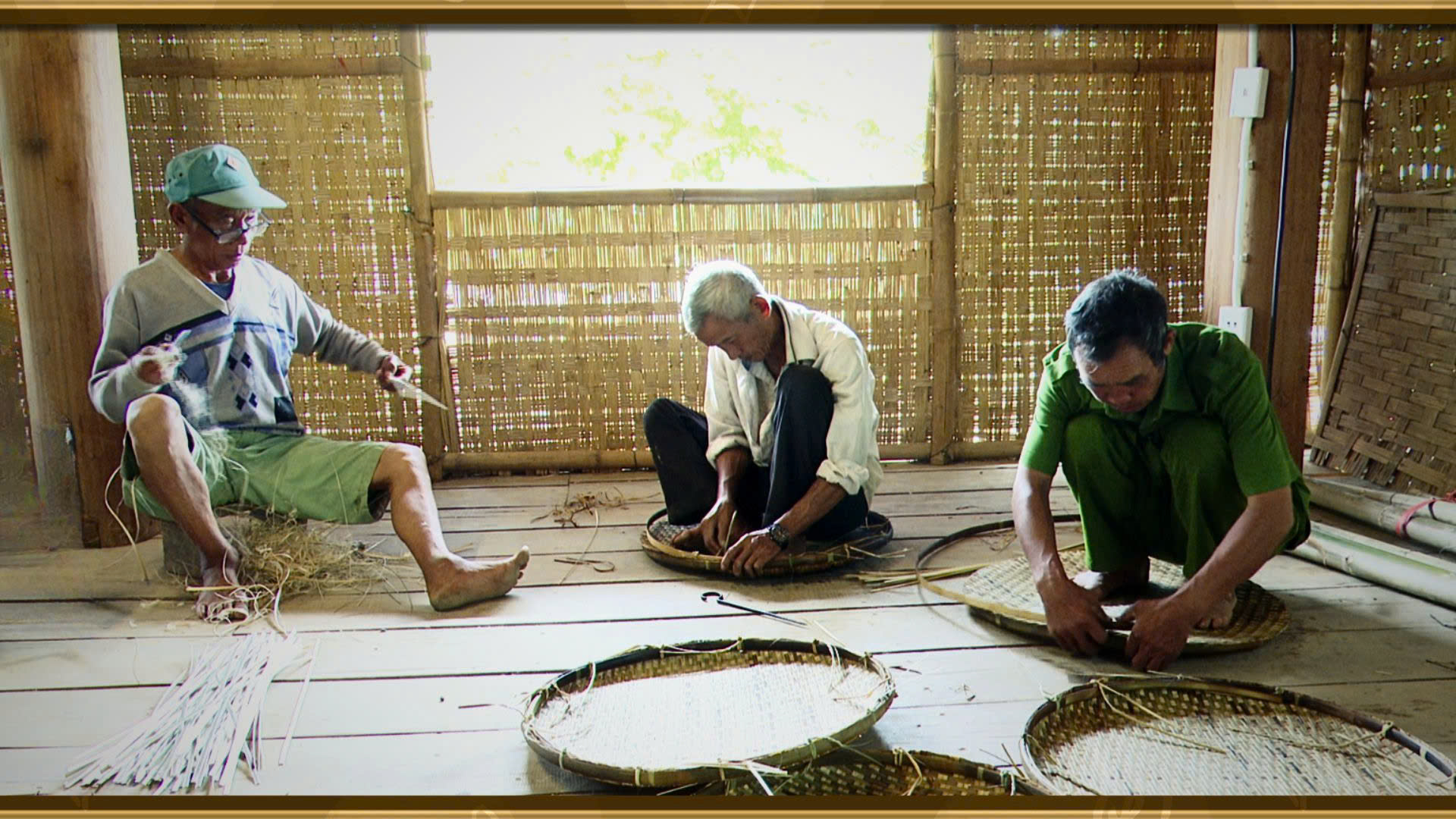
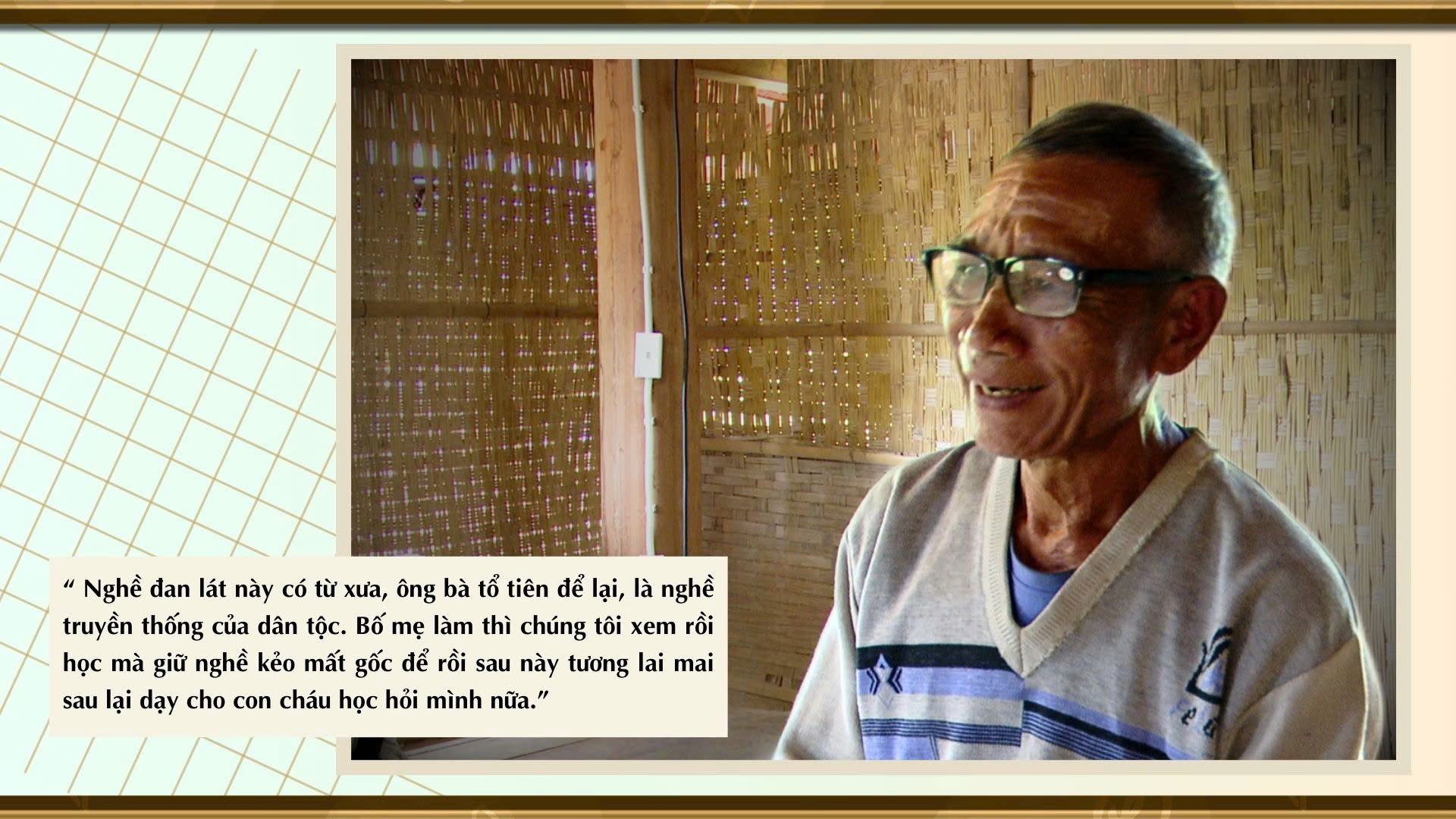
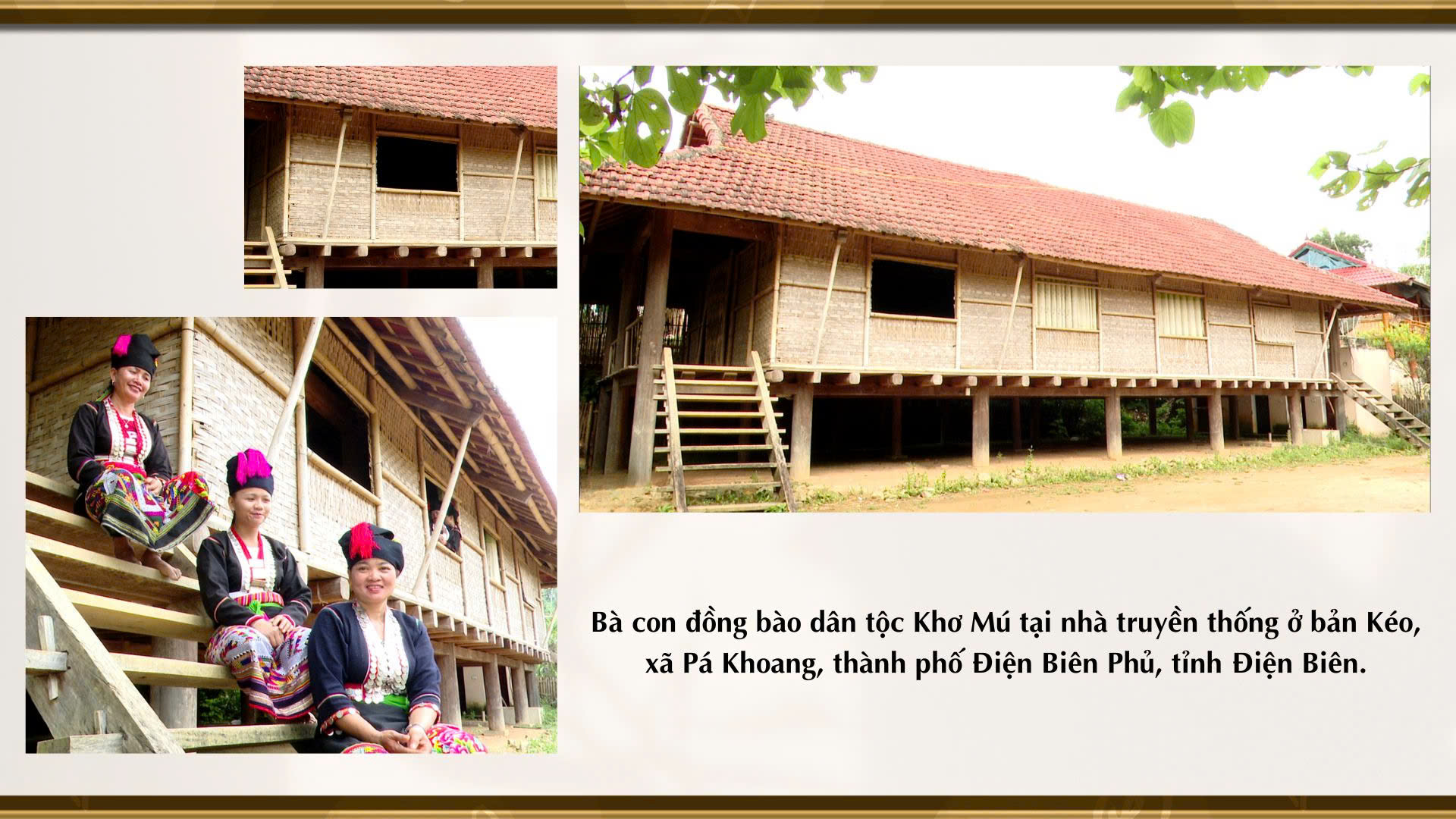
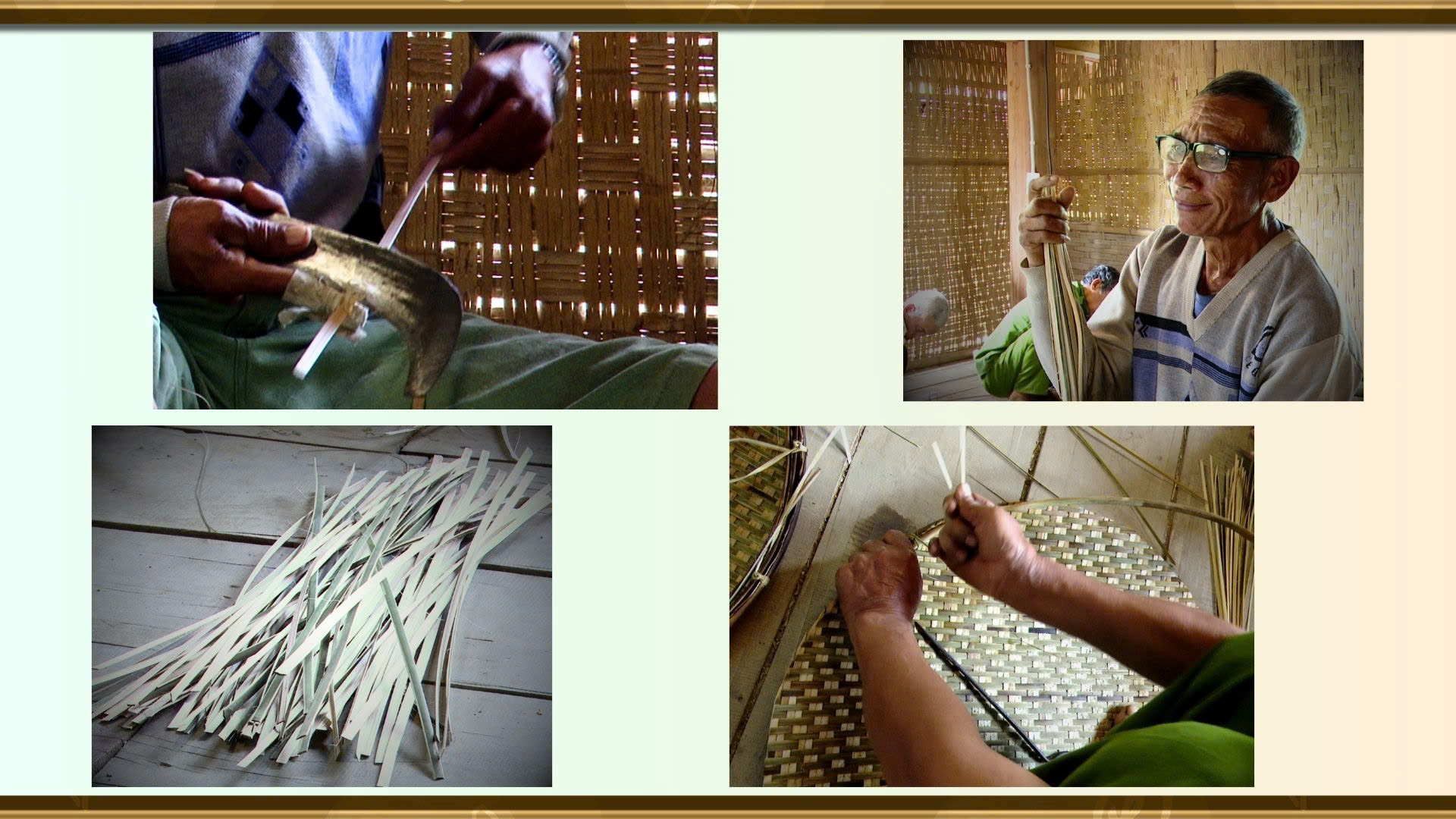


![[Photo] Prime Minister Pham Minh Chinh chairs the Conference to deploy the National Target Program on Drug Prevention and Control until 2030](https://vphoto.vietnam.vn/thumb/1200x675/vietnam/resource/IMAGE/2025/10/09/1759990393779_dsc-0495-jpg.webp)


![[Photo] Impressions of the Can Gio Whale Festival](https://vphoto.vietnam.vn/thumb/1200x675/vietnam/resource/IMAGE/2025/10/09/1759984089762_image12334-5642-jpg.webp)
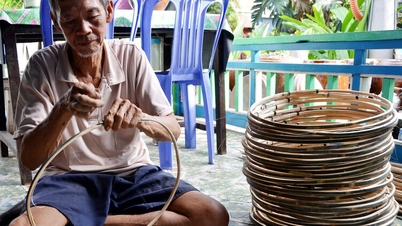

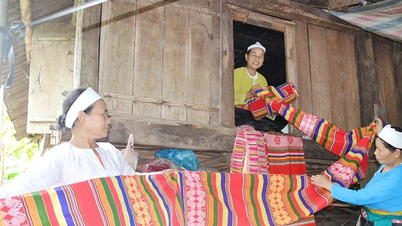



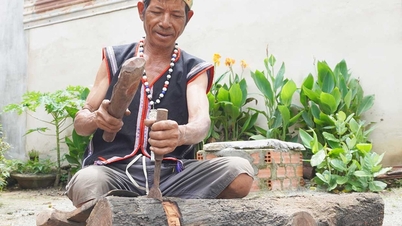

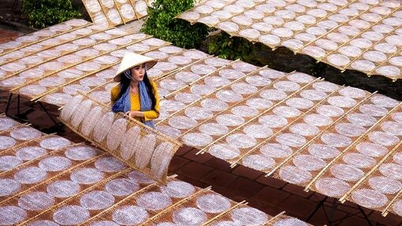

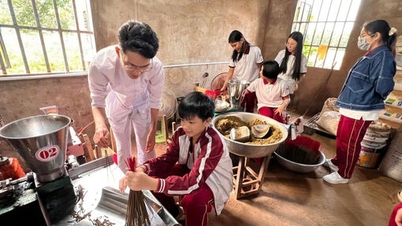
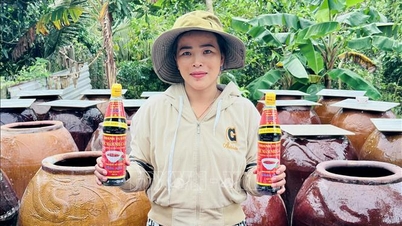





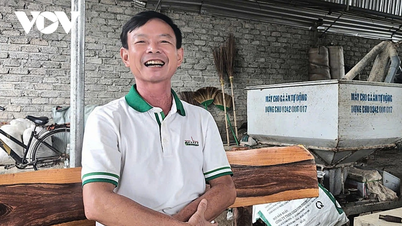

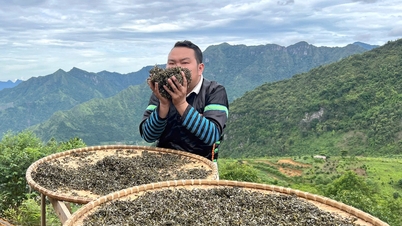





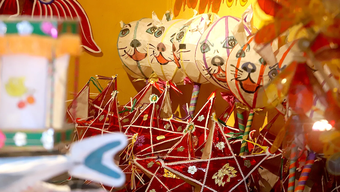

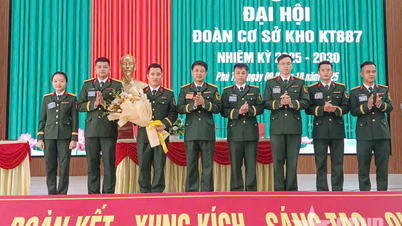

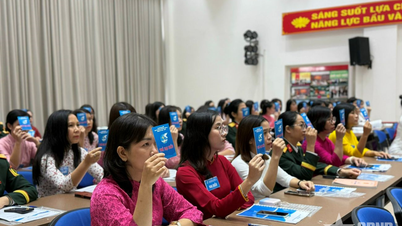
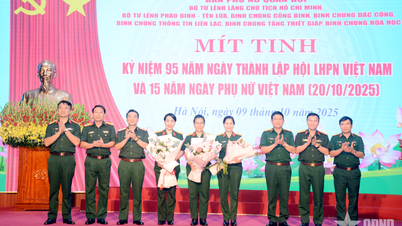

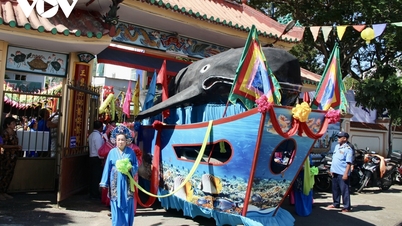



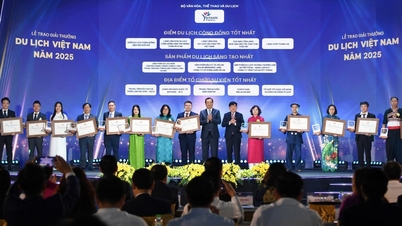








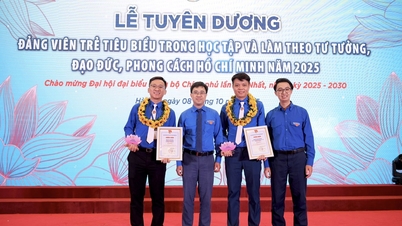











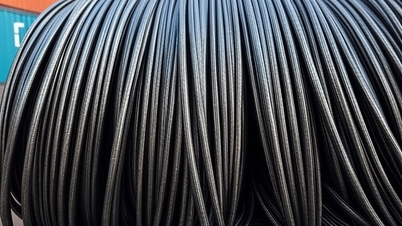










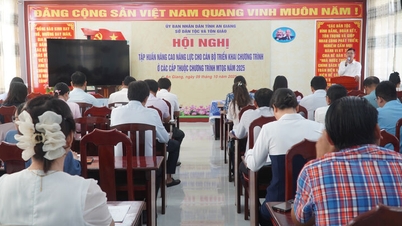




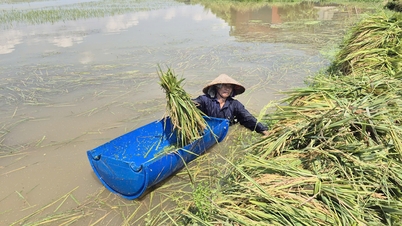


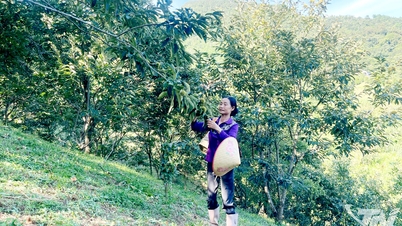

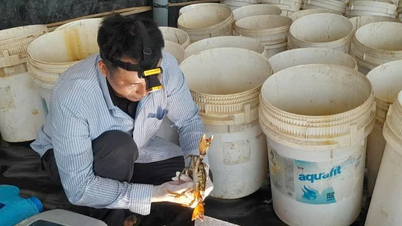





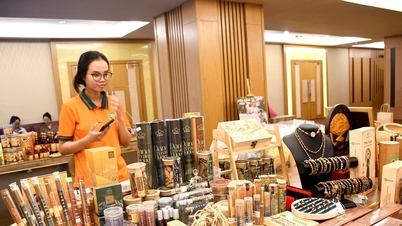




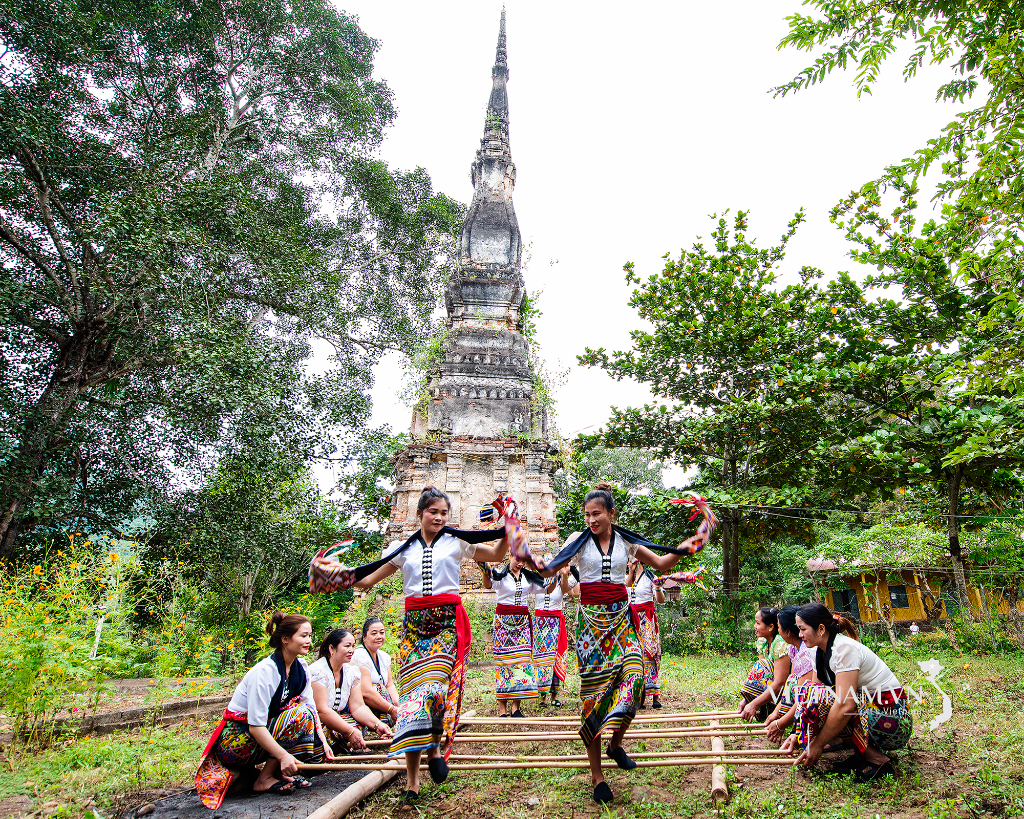
Comment (0)